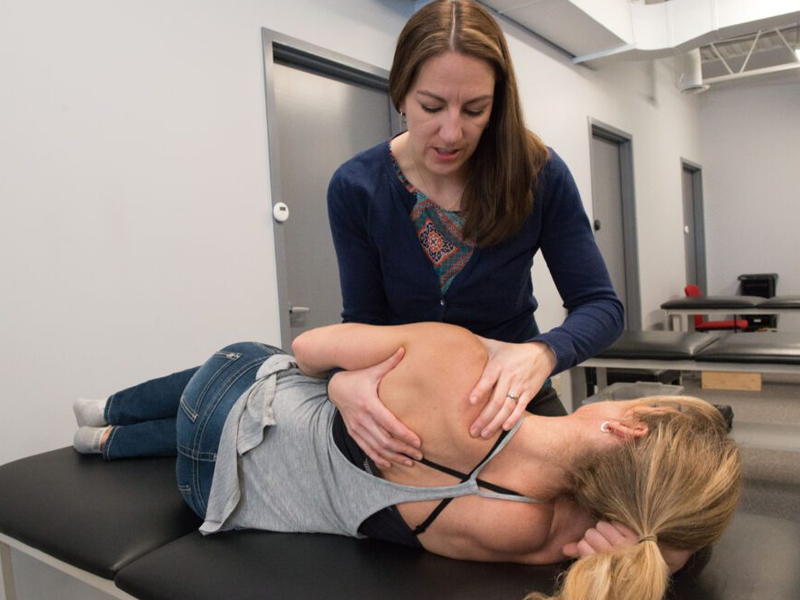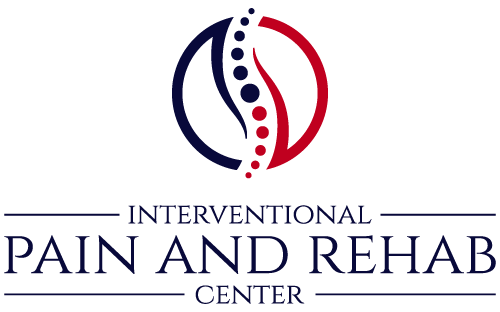Tendinosis
Appointment
Fill Out The Form Below
Working Hour
- 8 AM - 5 PM
- 8 AM - 5 PM
- 8 AM - 5 PM
- 8 AM - 5 PM
- 8 AM - 5 PM
- Closed
- Closed

Tendinosis
Tendon Pain Types
Highly structured connective tissue, which can withstand severe tensile loads, makes up tendon structure. A tendon’s job is to join a muscle to a bone so that movement is possible. The main components of a normal tendon are two types of connective tissue:
- Mostly type I collagen comprises 60–80% of a tendon.
- Elasticity: 1% to 2% of a tendon
Tendinitis and tendinosis are the two major diagnosis for tendon pain. Although tendonitis is frequently identified in people who are believed to have pain due to the tendon, research indicates that tendinosis may be the true issue. At the microscopic level, the distinction is noticeable.
The tendinitis
Tendinitis is an inflammatory condition of the tendon that results from microtears. The sudden overstretching or overloading of the tendon with tensile forces causes these microtears.
The tendinopathy
Tendinosis is the deterioration of collagen in a tendon as a result of repeated overuse. Over time, tendinosis can result from even minor motions.
Typical Reasons for Tendinopathy
Although an acute injury can also result in tendinopathy, chronic overuse is the most typical cause. A tendon injury may result in thickening of the tendon and localized pain. Tendinopathy is most frequently found in the following areas:
- Achilles tendinopathy, or the heel
- Tennis elbow is the outside portion of the elbow.
- Upper body (rotator cuff)
- Plantar fasciitis, which affects the bottom of the foot, is not technically a tendon but has the similar underlying cause.

Therapy for tendinopathy
The goal of tendinosis treatment is to return the tendon to its natural design, which will lessen discomfort and enhance function and quality of life. A mix of the following is used as part of the treatment:
- Tenex: The aberrant tendon tissue is removed during a tenotomy, sometimes referred to as focused aspiration of scar tissue. This is a non-surgical, minimally invasive treatment.
- The field of Regenerative Medicine These treatments are frequently used in conjunction with Tenex and are believed to aid in healing and alleviate pain. Following the removal of the aberrant tendon tissue
Following the operation, there is usually a brief period of rest before beginning a specialized physical therapy regimen catered to the particular body part where the tendinitis has developed.
Regaining a Life Free of Pain
Your quality of life may be greatly impacted by chronic tendinopathy, which can make it difficult to carry out everyday activities and regular duties. Thankfully, this agony is no longer something you have to endure. The most cutting-edge pain relief techniques are available at the Denver Spine and Pain Institute, enabling you to resume your normal life.
- A comprehensive range of services, including doctors, physical therapy, massage, counseling on diet and lifestyle, behavioral health, research, and state-of-the-art treatment alternatives
- Forming healing and caring connections that cater to your individual needs
- Talking through your options and giving you the direction you require from a committed healthcare partner
- Assembling a knowledgeable group to manage your care program
